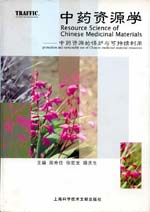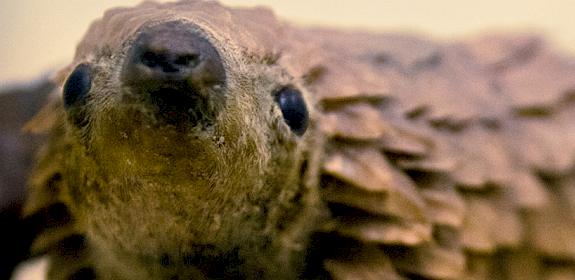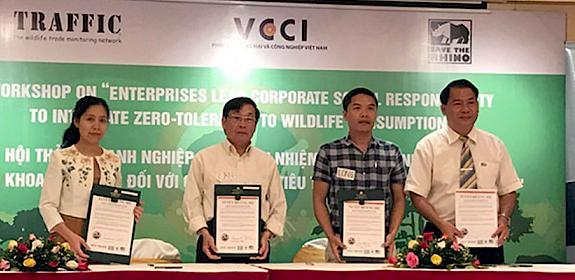TRAFFIC launches traditional Chinese medicine textbook
Shanghai, China—A new textbook aimed at raising awareness amongst teachers and students on how best to protect threatened species used in traditional Chinese medicine (TCM) was recently launched by TRAFFIC, the wildlife trade monitoring network. It is China’s first TCM textbook aimed at university students that focuses on conservation information.

The TCM textbook has information on how to protect threatened species
Resource science of Chinese medicinal materials: Protection and sustainable use of Chinese medicinal material resources examines the conservation and sustainable use of the animal and plant species found in the Chinese materia medica.
“In China’s universities, the teaching of traditional Chinese medicine focuses on the distribution, quantity, quality and uses for wildlife products, but little is taught about conservation and sustainable use of threatened medicinal resources,” said Professor Xu Hongfa, head of TRAFFIC’s China programme.
“We hope this text book will help fulful this need.”
“We must teach students about the protection and sustainable use of medicinal resources to ensure that traditional Chinese medicine can be used for future generations.” Professor Xu Hongfa, head of TRAFFIC’s China programme
The textbook was launched at a TCM workshop in Shanghai on 20 December 2007. More than 20 participants from China’s top TCM universities, TCM companies and government representatives from Shanghai’s wildlife bureau took part in the workshop, which included presentations on how to include the textbook in university curricula. The textbook has been adopted at two universities, and is under discussion for inclusion in the curriculum of five additional universities.
Traditional Chinese medicine is a 4,000 year-old system that has gained in popularity and prestige worldwide. However, the use of some medicinal ingredients has led to an ongoing depletion of a variety of animals and plants, including wild ginseng, musk deer and Saiga antelope. Although much of the trade in these and other wild species is legal, poaching persists and the illegal trade in endangered species is currently a major threat to many medicinal plant and animal species.
This 400 page book with 10 chapters contains information on around 100 endangered species commonly used in medicines and includes 181 colour photographs. It includes information on resource status, threats to endangered medicinal resources, and protection and sustainable use measures, an overview of relevant international and domestic conservation regulations, and information on available alternative remedies from sustainable resources.
The new textbook was written by well-known experts from the Shanghai University of TCM, the Medicinal School of Fudan University, the Second Military Medical University in Shanghai, and East China Normal University, and was developed in collaboration with TRAFFIC, with support from the Disney Conservation Fund.



